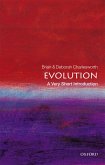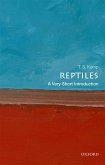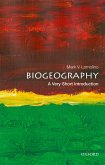What is responsible for the differences between the sexes in so many animals, from the brilliant plumage of birds of paradise to the antlers on deer? And why are the traits that distinguish the sexes sometimes apparently detrimental to survival? Even when they look more or less alike, why do males and females sometimes behave differently? Questions like these have intrigued scientists and the public alike for many years, and new discoveries are showing us both how wildly variable the natural world is, and how some basic principles can help explain much of that variation. Like natural selection, sexual selection is a process that results from differential representation of genes in successive generations. Under sexual selection, however, the crucial characteristics that determine whether an individual reproduces depend on sexual competition, rather than survival ability. This Very Short Introduction considers the history of our understanding of sexual selection, from Darwin's key insights to the modern day. Considering the investment animals place on reproduction, variation in mating systems, sexual conflict, and the origin of sexual dimorphism, Marlene Zuk and Leigh Simmons discuss questions such as whether females can really choose between males on aesthetic grounds, and how sexual conflict is resolved in different species. They conclude with a consideration of the thorny question of how, and even if, sexual selection theory applies to humans. ABOUT THE SERIES: The Very Short Introductions series from Oxford University Press contains hundreds of titles in almost every subject area. These pocket-sized books are the perfect way to get ahead in a new subject quickly. Our expert authors combine facts, analysis, perspective, new ideas, and enthusiasm to make interesting and challenging topics highly readable.
Dieser Download kann aus rechtlichen Gründen nur mit Rechnungsadresse in A, B, BG, CY, CZ, D, DK, EW, E, FIN, F, GR, HR, H, IRL, I, LT, L, LR, M, NL, PL, P, R, S, SLO, SK ausgeliefert werden.









